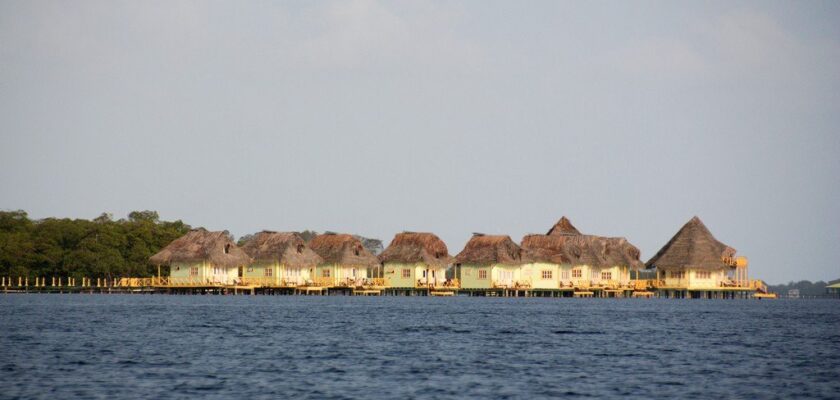Islands of Bocas del Toro
Bocas del Toro is a pristine archipelago that stretches along Panama’s remote northwestern Caribbean coast. The archipelago consists of 9 relatively large islands, 52 small islands, and over 200 tiny islets, practically reefs. It is easily accessible by air via charter, local airlines, or international airlines from Costa Rica, or overland on very well-maintained roads.
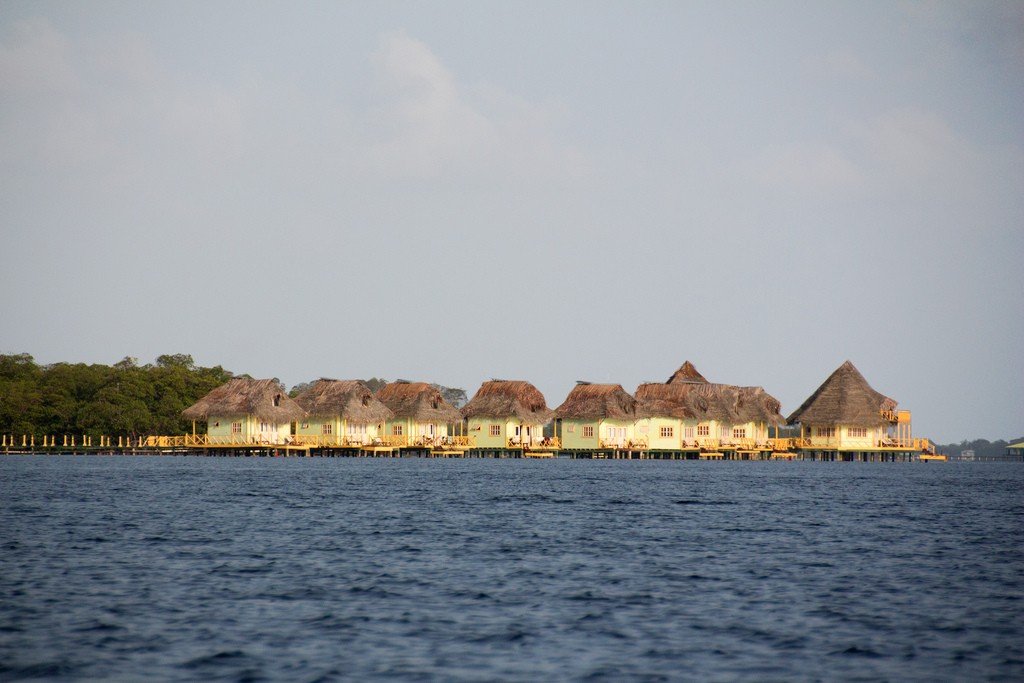
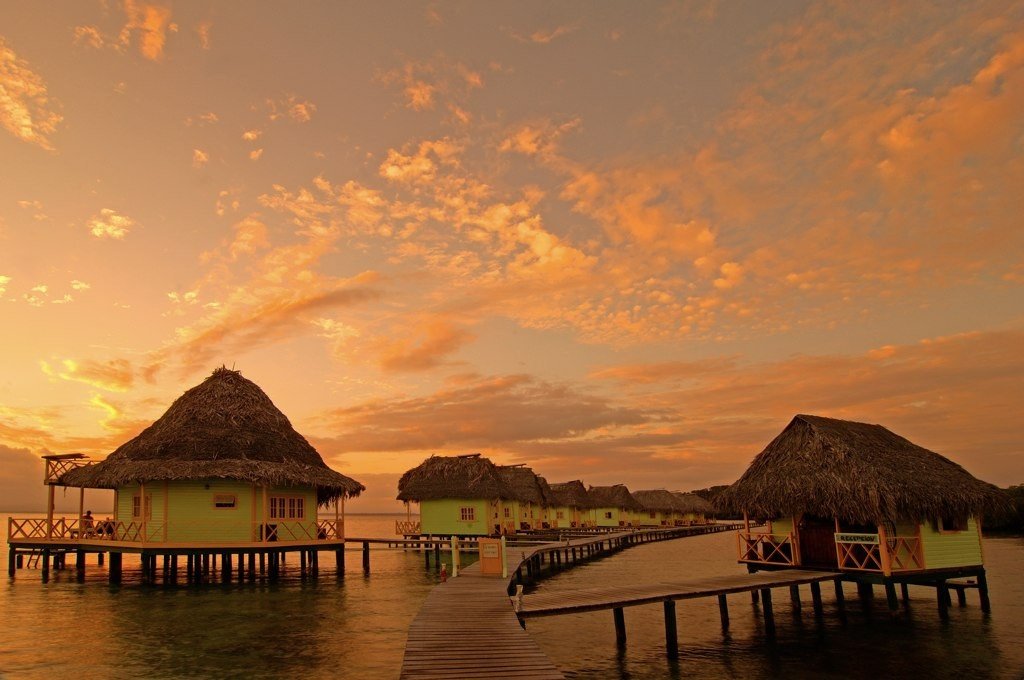
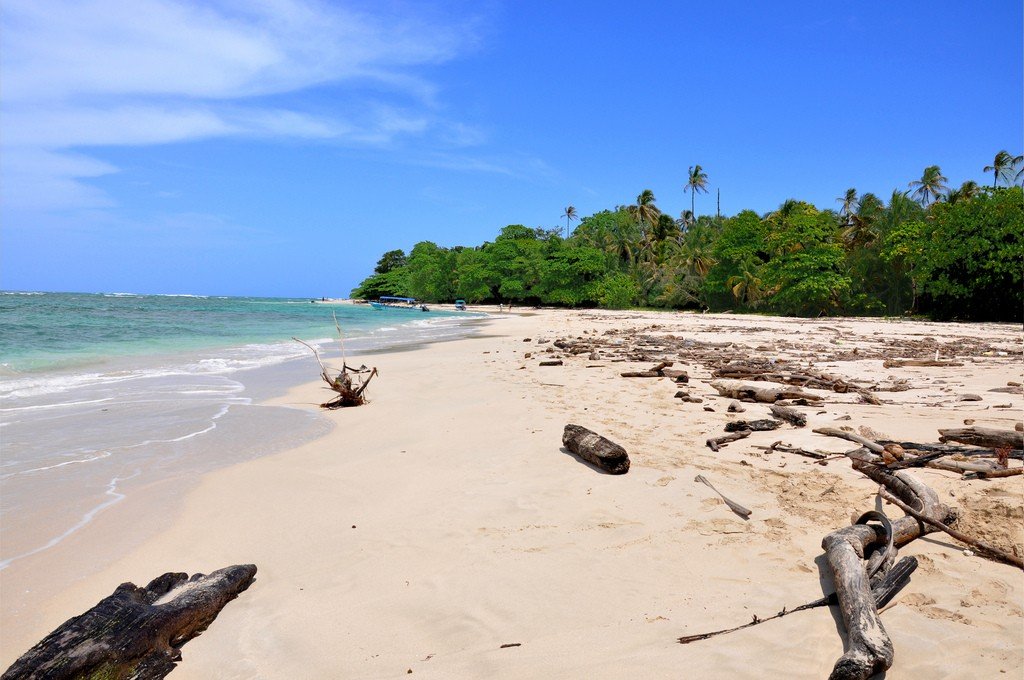
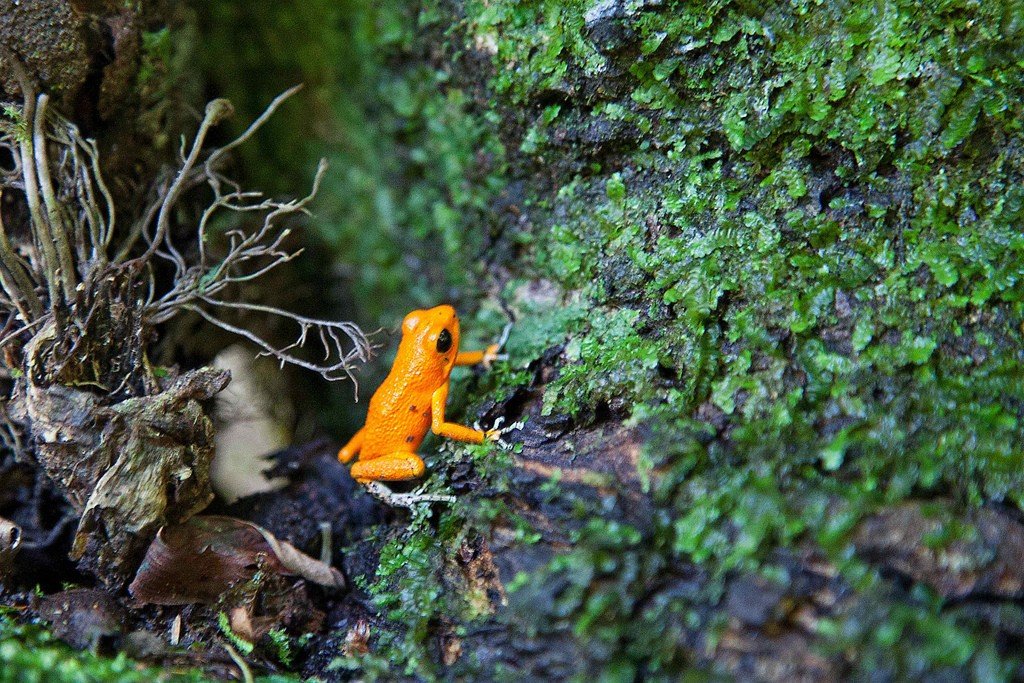
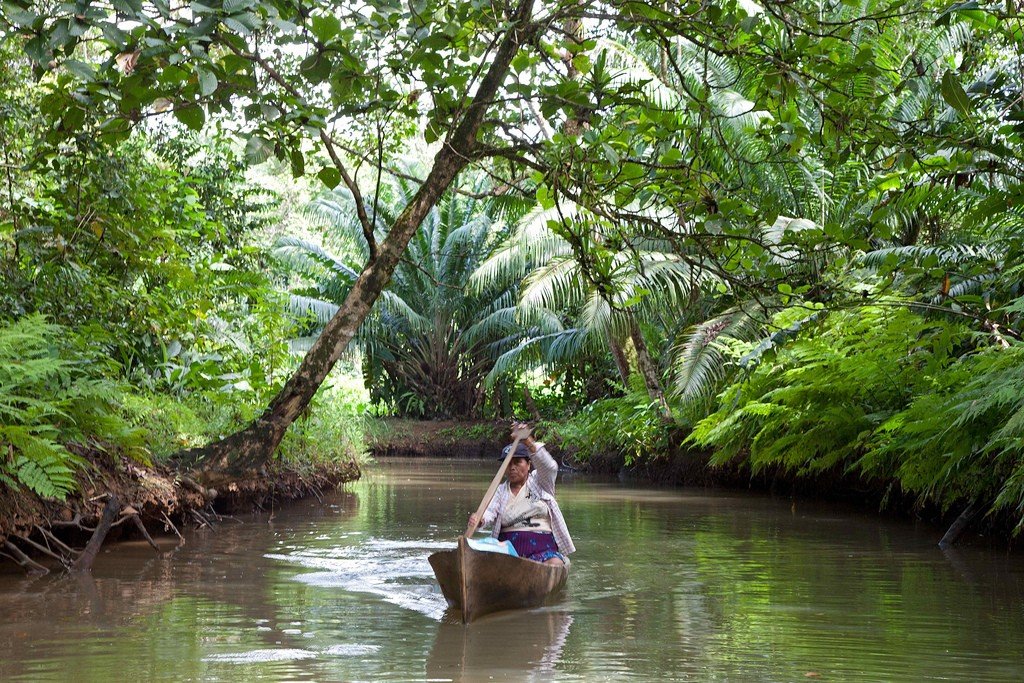
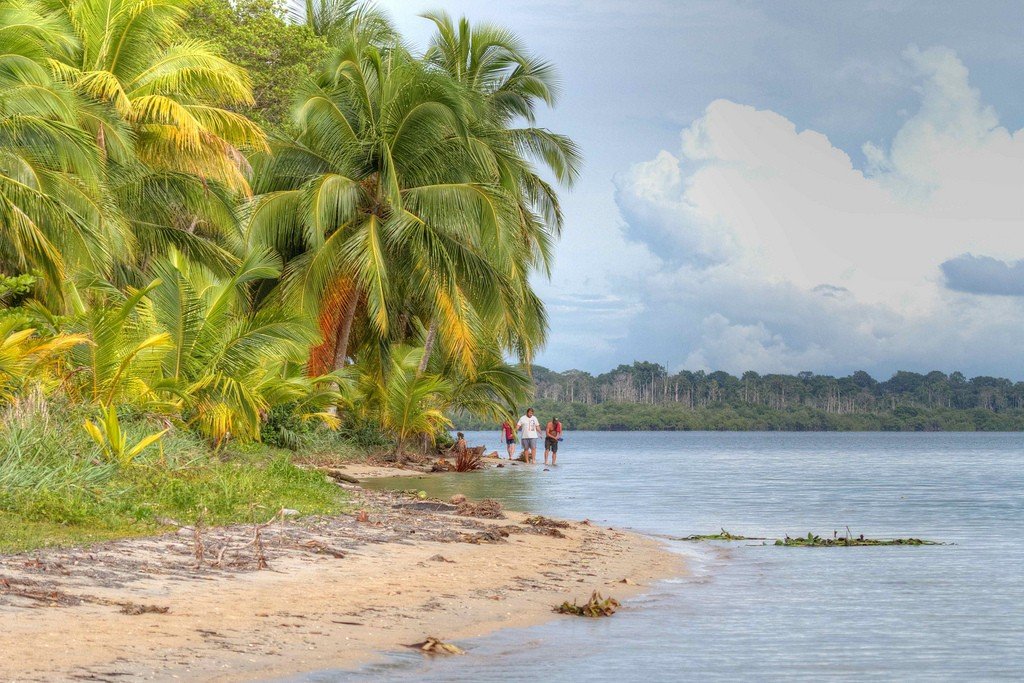
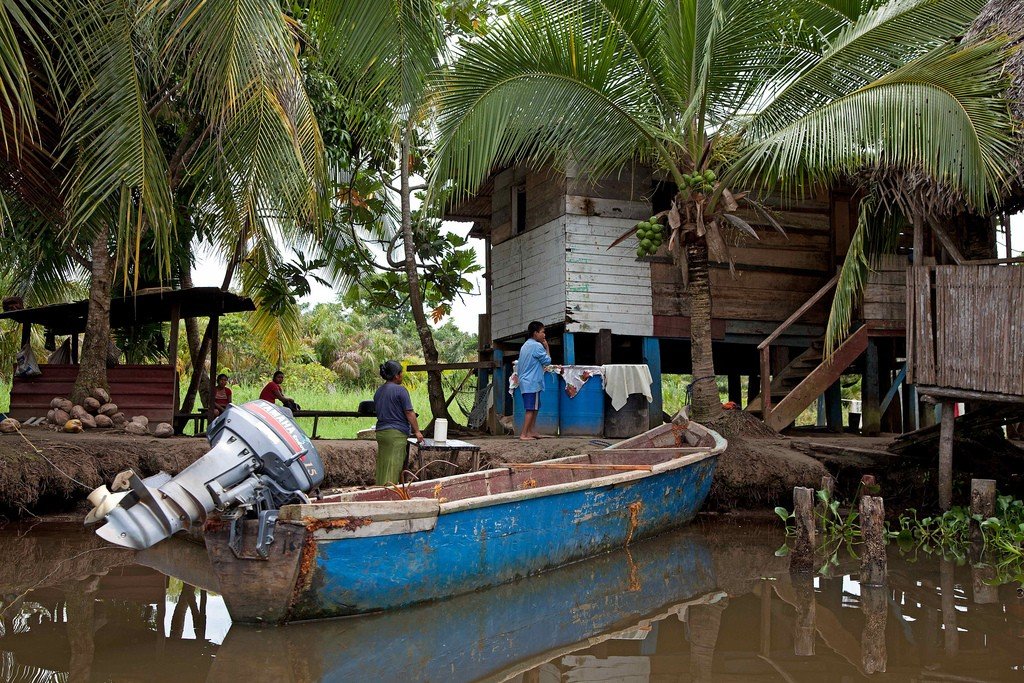
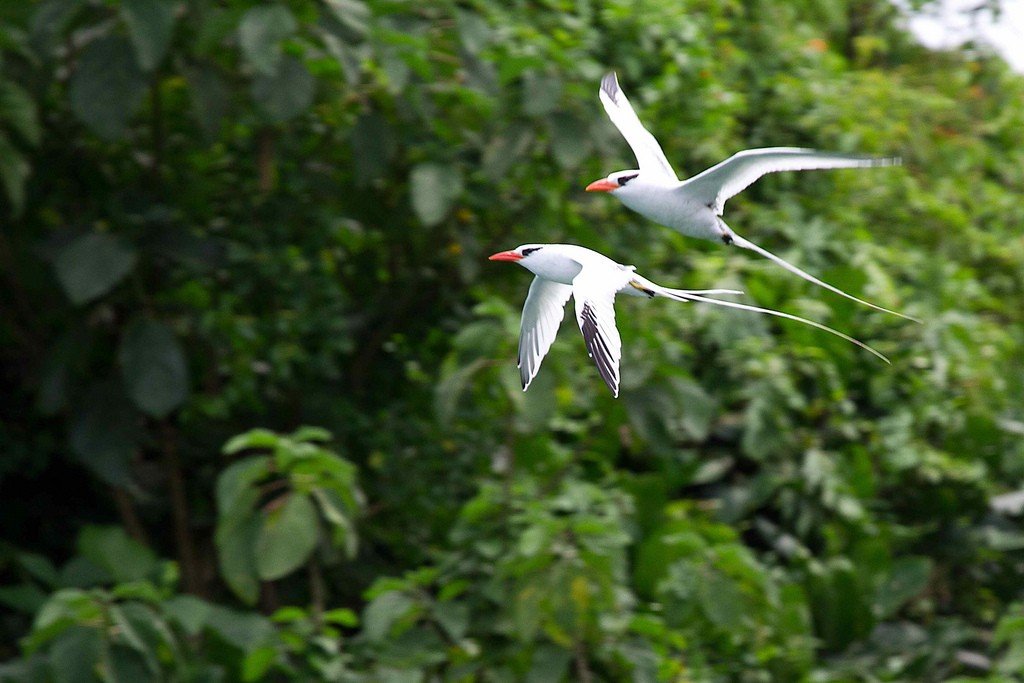
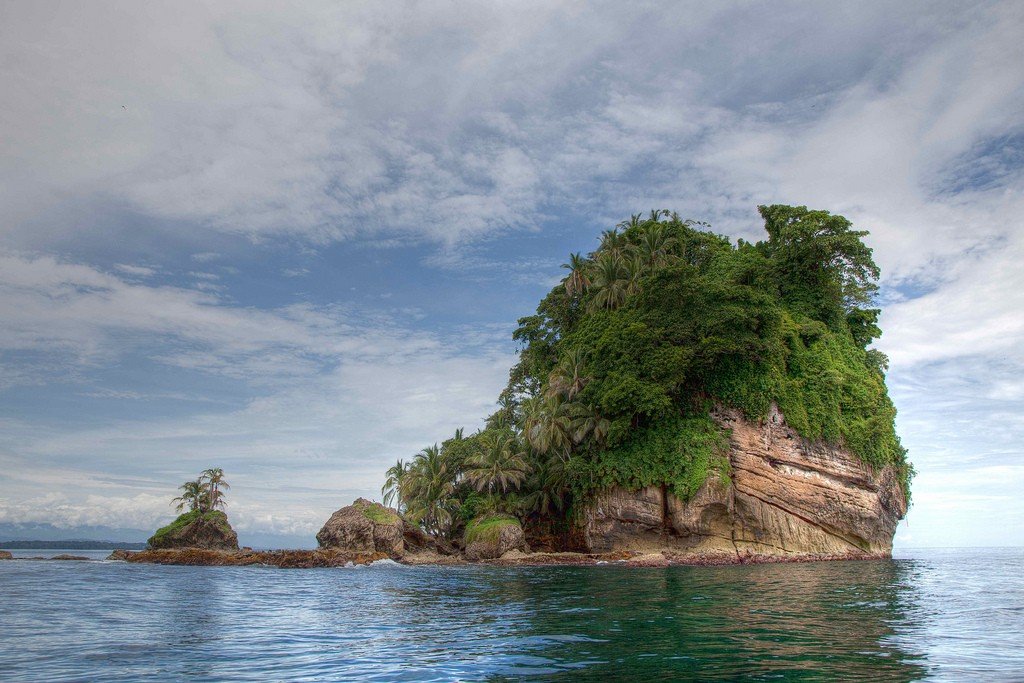
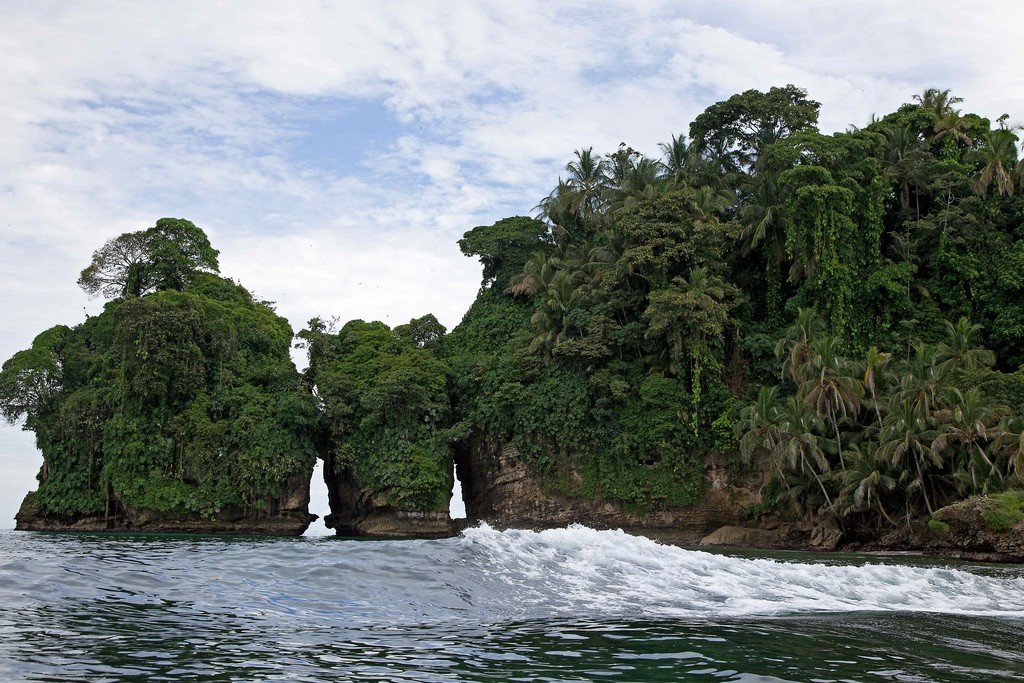
General Information
The archipelago of Bocas del Toro was discovered by Christopher Columbus in 1502. According to several stories, Columbus named the archipelago Bocas del Toro (Mouth of the Bull) supposedly because of a waterfall shaped like the mouth of a bull or because of a large rock shaped like a sleeping bull on the island of Bastimentos. According to other versions, the name Bocas del Toro was derived from the name of the last great chief of the local Indians, or altogether – because of the deafening howl of the surf.
.Bocas del Toro, with its green palm forests, miles of white sandy coastline, long reefs and clear water, is one of the most famous tourist areas of Panama. The program “The Last Hero” was filmed here, and not only Russian, but for 12 other countries around the world.
.
It has long been known that in the coastal waters of the archipelago in colonial times the Spaniards found thousands of beautiful pearls. It was here that the famous 31-carat Peregrina pearl, which is up to 400 years old, was found. For many years the pearl was owned by Spanish and English queens and the French Emperor, its real owner being Elizabeth Taylor.
.Bocas del Toro’s diverse landscapes and natural beauty range from massive tracts of pristine rainforest that are home to many species of birds, mammals and reptiles, including several endangered species, to stunning marine beauty, huge coral reefs, the longest mangroves in the entire Caribbean, which are a unique ecosystem at the land-sea interface. Scuba diving and sea fishing enthusiasts flock here year-round, and only here you can taste the rarest of marine cuisine.
.
Nowadays the Bocas del Toro archipelago is one of the most popular Panamanian resorts with modern infrastructure and developed service. The largest island of the group is Colón, and the capital of the entire archipelago of the same name is also located here. This small town, which you can walk around in a few hours, is a paradise for fans of eco-tourism.
. Some of the best beaches in the archipelago are Bocas del Drago, Bluff Beach and Punch Beach on the island of Colon, Cayos Zapatillos, Playas Larga and Red Frog Beach (considered the most beautiful beach in the archipelago, named after the endemic red frog that lives only on this island) on the island of Bastimientos. San Cristobal Island has Dolphin Bay, where dolphins appear very often and tourists are invited to swim with them..The best dive sites are concentrated off Hospitality Point, Coral Key, Dark Wood Reef and Punta Juan, as well as in the Garden area near Cayo Nancy. Here you can see some of the best coral reefs on the planet, famous for real underwater gardens populated by stingrays, lobsters, many varieties of crabs and countless varieties of tropical fish. There are also good reefs off the coasts of the islands of Popa, Cristobal, Cayo de Agua and Cayo Carener. Exotic Bird Island is famous for its colony of sea gulls of an endemic subspecies, and parts of the southern islands are designated as Bastimientos National Marine Park, protecting endangered sea turtles.
.Bocas del Toro is home to 4 species of sea turtles, including the giant tortoise, a rare leatherback turtle that goes to great lengths to come ashore to lay its eggs in the sand, Bocas del Toro is also home to the West Indian manatee, which grazes in shallow sea grasslands.
.The rich natural diversity and pristine nature of the Boca del Toro Archipelago has made it a Biosphere Reserve worthy of its place on the UNESCO list of cultural heritage sites.
The warm colors of Afro-Caribbean culture and the measured pace of life have made the Bocas del Toro Archipelago a favorite destination for eco-tourists. Remnants of colonial architecture will take visitors to the Bocas del Toro Archipelago far back into the history of Central America, the days of banana plantations, the rise of the United Fruit Company.
.How to get there
Getting to Bocas del Toro from Panama City is fastest and easiest by airplane. Air Panama, which flies Panama-Colon two to three times a day from Albrook Airport. Prices for a round-trip ticket are approximately $260 and travel time is 1 hour. You can also get to Colon Island by shuttle bus from the Albrook bus terminal, the ticket will cost about $30 one way and travel time to Almirante is about 10 hours. Then you will need to take a water cab to Isla Colon – $5, half an hour of time, and finally you are there.
.